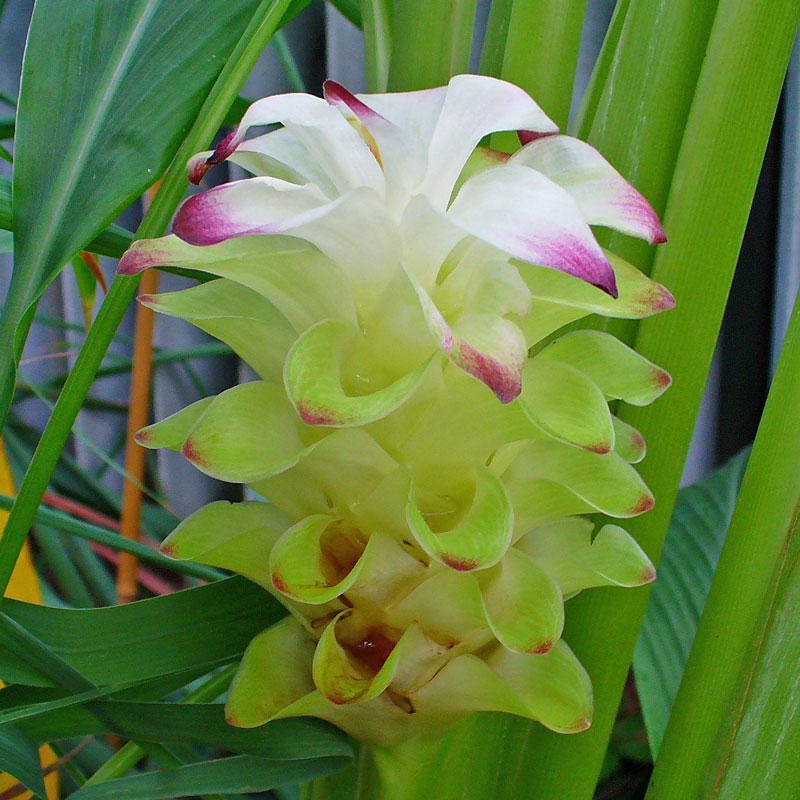

Turmeric Root Powder (Curcuma longa)
- $14.00 CAD
- $14.00 CAD
- Unit price
- per
50g, 100g, 250g
Couldn't load pickup availability
Parts used: Root
Properties
Antibacterial, anticoagulant, antifungal, anti-inflammatory, antineoplastic, antioxidant, antiviral
Primary nutrients
Antioxidants
Turmeric is a component of curry powder. It was also used to make an orange-yellow dye. There have been many medicinal claims, including a treatment for ringworm, flatulence, hemorrhage, arthritis, fevers, digestion, liver conditions, gallbladder complaints and lung congestion.
Curcumin, the yellow pigment in turmeric, helps stimulate the bile flow to aid digestion. There is also evidence of liver-protective properties in curcumin. One of the benefits of turmeric is its antioxidant properties. Antioxidants protect against free-radical damage, which can lead to cell damage, aging, and numerous diseases. Turmeric helps stop free-radical progression and prevents free radicals from occurring.
Studies have found that turmeric is a stronger antioxidant than vitamins C and E. it may help by improving the body’s own antioxidant and anti-inflammatory capabilities. There is also evidence of anticancer activity in turmeric. The curcumin is thought to be the active component to inhibit tumor cell growth. Curcumin may help restrict the growth of existing tumors and prevent other cancers, including stomach, colon, esophageal, breast and skin. Anti-inflammatory effects of turmeric have also been studied. There seem to be analgesic and anti-inflammatory benefits for conditions such as arthritis. When compared with nonsteroidal anti-inflammatory medications, the curcumin was as or more effective in treating inflammatory conditions. It contains antibacterial, antifungal and antiviral properties. There may also be cholesterol-lowering ability to help in preventing heart disease. And there is anticoagulant activity that can help prevent internal blood clots that can lead to stoke or trigger a heart attack.
Primary Applications
Arthritis
Cancer
Infections
Inflammation
Heart disease
Joint pain
Liver disease
Stroke
Tumors
50g, 100g, 250g
RELATED PRODUCTS
- Choosing a selection results in a full page refresh.


